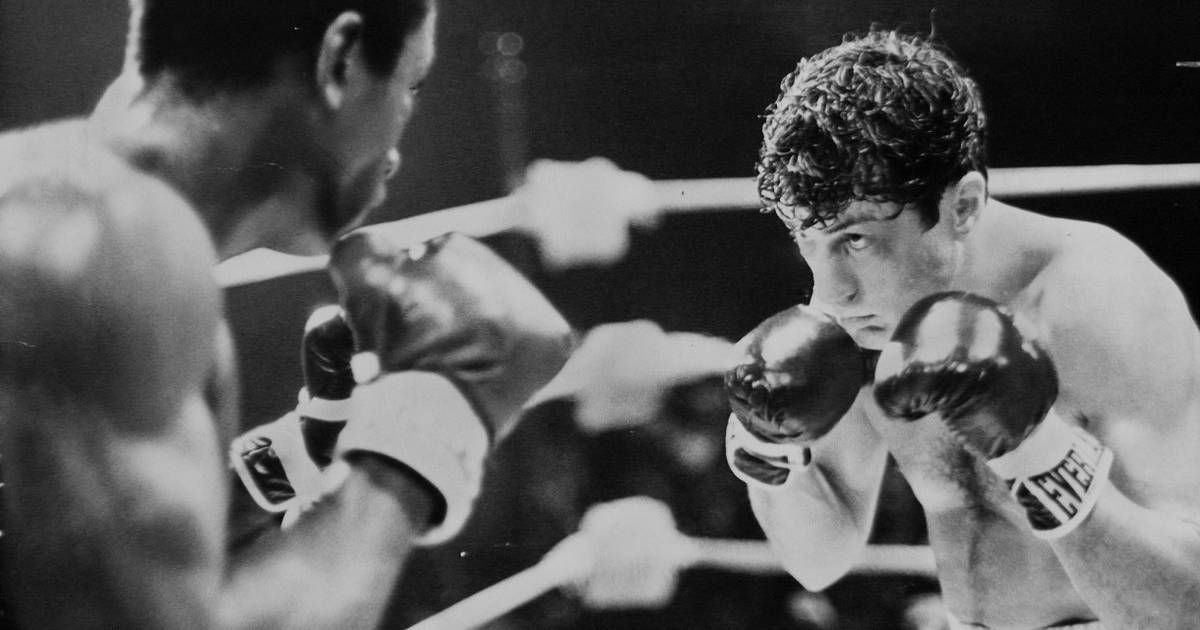If there is one director who can tell a story with raw authenticity and in a cinematic fashion, it is Martin Scorsese. His inspiration for creating characters for a movie is an elusive process that's hard to point out. If that is the case, how can we claim that a director has a particular style when they have a complex way of building character arcs? By analyzing a director's decision-making process, it is possible to craft a framework for their directing style. Let's dissect Martin Scorsese's movies and come up with his winning formula for building amazing characters.
Character Choices
Martin does not hold any punches when creating characters. He has an affinity for people who live in immoral worlds: casinos, mafia, gangs, drug trafficking, crime, murder, you get the picture.
Scorsese likes writing about characters with obsessive tendencies or those who undergo difficult moments. In the movie Silence, Scorsese tells a story about Ferreira's struggle of faith in a world that kills believers. As a Catholic priest, Ferreira renounces his faith after being tortured and his family is killed. Scorsese crafts his scenes in a way that viewers empathize with the character. Even when shooting Silence on the ocean shore, where Japanese officials strap suspected Christians to wooden crosses for the tides to drown them, the scene affected him emotionally while shooting.
The World Scorsese Creates for His Characters
To create an intriguing character, Scorsese likes to use real-world environments that create a realistic setting. For example, villages, hotels, casinos, apartments, and cities. There are no fantasy or CGI effects to create story worlds in his films; it is all about real-world locations. So, anyone who sees his films like Gangs of New York or Shutter Island relates to the characters.
In the introductory scenes of The Wolf of Wall Street, Leonardo DiCaprio’s voice-over montage describes his reckless rich life that is familiar to what happens in the real world. The image selection of the montage grounds the movie to what we all know occurs in real life. In Frank’s best auto-body workshop scene in the movie, each of Jordan’s childhood friends from Queens dresses in a way that is familiar to most people. The idea of grounding a character in a real-world environment is a theme that you can track in most Scorsese movies. It may not be flamboyant, but it is a great way to make viewers relate to the characters.
The Relationship Between Character and Color
Color in Scorsese’s films is often used to signal danger. Overall, he does not like to use bold colors like red or blue because they can distract from what is happening in the scene. When you see colors on his characters, they are often identifiers of mood or feeling. So, when you combine color and the immoral world Scorsese creates, it is easy to pick someone from the crowd, which can be good or bad, depending on what is happening.
In the movie Goodfellas, a gang robs millions of cash from a bank. As a result, one of the gang members buys a new flashy pink car. Jimmy, the main character, reprimands Johnny for the purchase: “Don’t buy anything, don’t get anything, nothing big, did you hear what I just said?” Scorsese takes color as a narrative tool, which is useful when eliciting emotion or drawing attention to characters. If you watch this movie, you will be impressed by his choice of characters who never miss a beat. Even in other movie installments, Scorsese works with the best actors, like Robert De Niro.
Shooting and Editing Techniques to Capture Character Emotion
Practical lights are the ideal lighting options for Scorsese to brighten scenes. This choice adds to the flare of telling authentic stories. When it comes to filming, he uses tilts, zooms, pans, and large camera movements to enhance what is going on in the scene. For example, if the shot requires building suspense and fear, he uses a slow camera movement. To create energy in a scene, he uses fast camera movements. If a character exhibits surprise, the shot includes a fast push-in camera movement. And if you want to identify one of his movies, check to see if there is an overhead shot when a character dies. To some, this type of shot projects the spirit leaving the corpse.
Scorsese uses camera movement and editing, which is done by Thelma Schoonmaker, to bring life to a scene. The kind of energy that editing provides is like adding toppings to the perfect pizza. There is a chase scene in The Departed where Billy chases Colin, is full of cut scenes that are full of energy. When a car interrupts the chase or when William’s phone rings, there are abrupt cuts that intensify the chase.
We mentioned earlier the idea of voice-over narration paired with a montage. It is Scorsese’s most significant editing technique. In the movie Casino, there is a montage that is perfectly crafted to describe the casino's management. The edits of this scene are beautifully stitched together with camera pans to create one cohesive story that is fun to watch over and over. Scorsese's movies have perfect pacing of cuts to support the energy and emotion of the scene. It is just remarkable what he can do in a film.
Using Sound to Enhance the Action of a Character
Scorsese and his sound designer Frank Warner use sound to enhance the scene’s energy. They use all sorts of sound sources to make a character's movement express what he wants the viewer to feel on the screen. One of the best movies that expresses the different sound selections he uses is in the black and white movie, Raging Bull. For instance, in the movie’s boxing match scene, you will hear an elephant’s trumpet, the flashing of light bulbs, and even the tapping of drums to hide camera cuts and accentuate a character’s action.

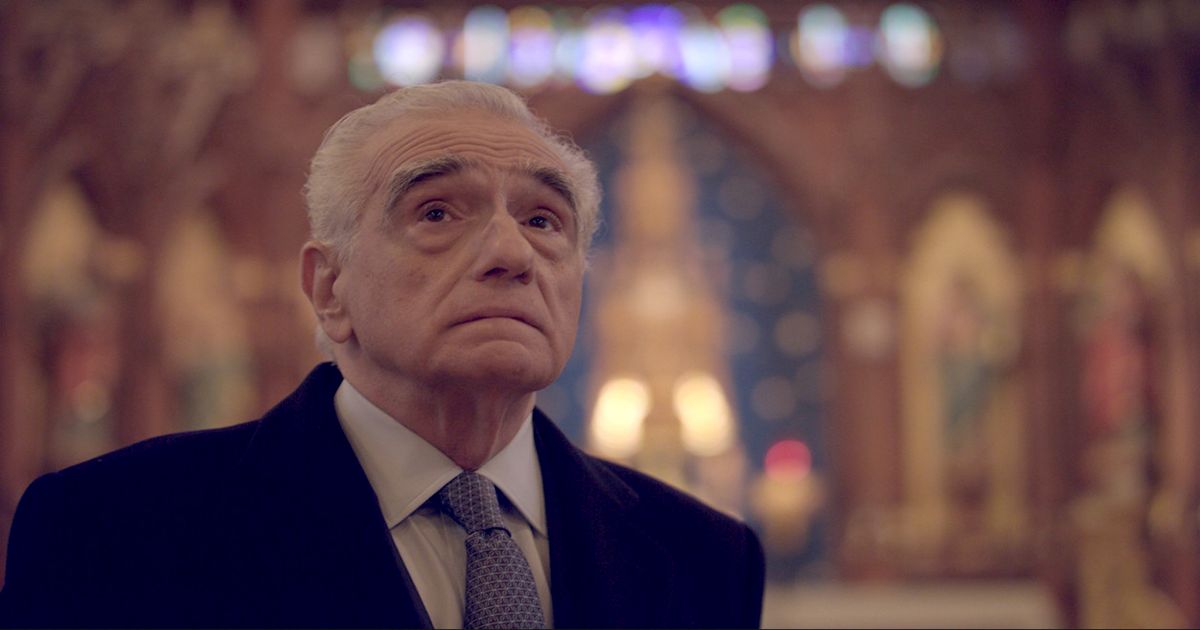
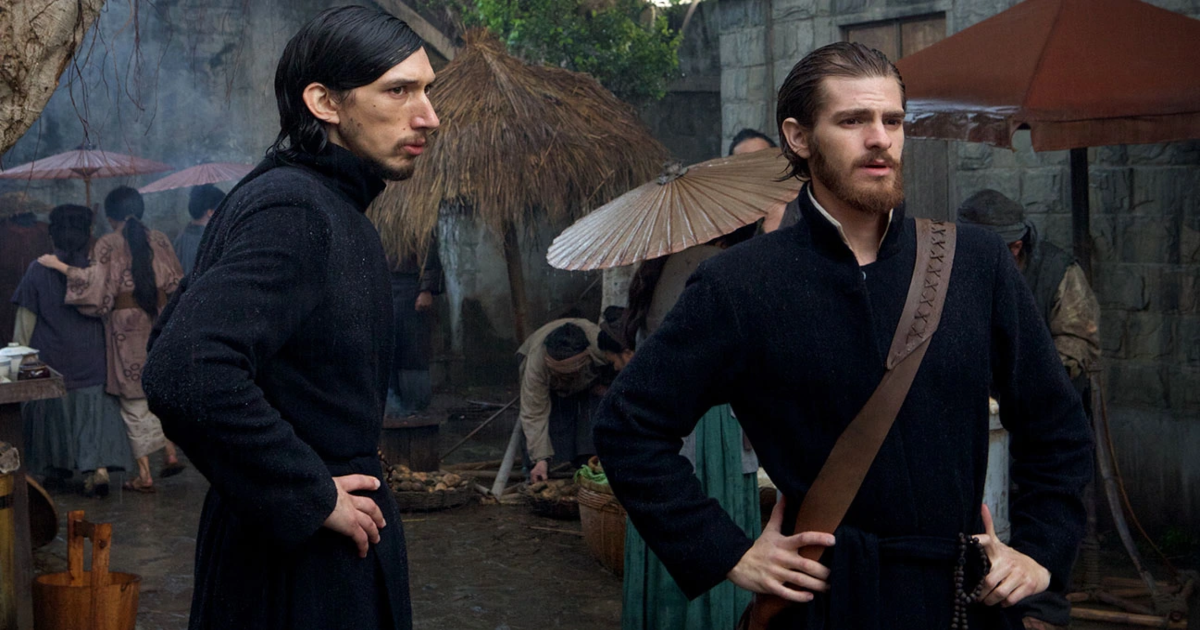
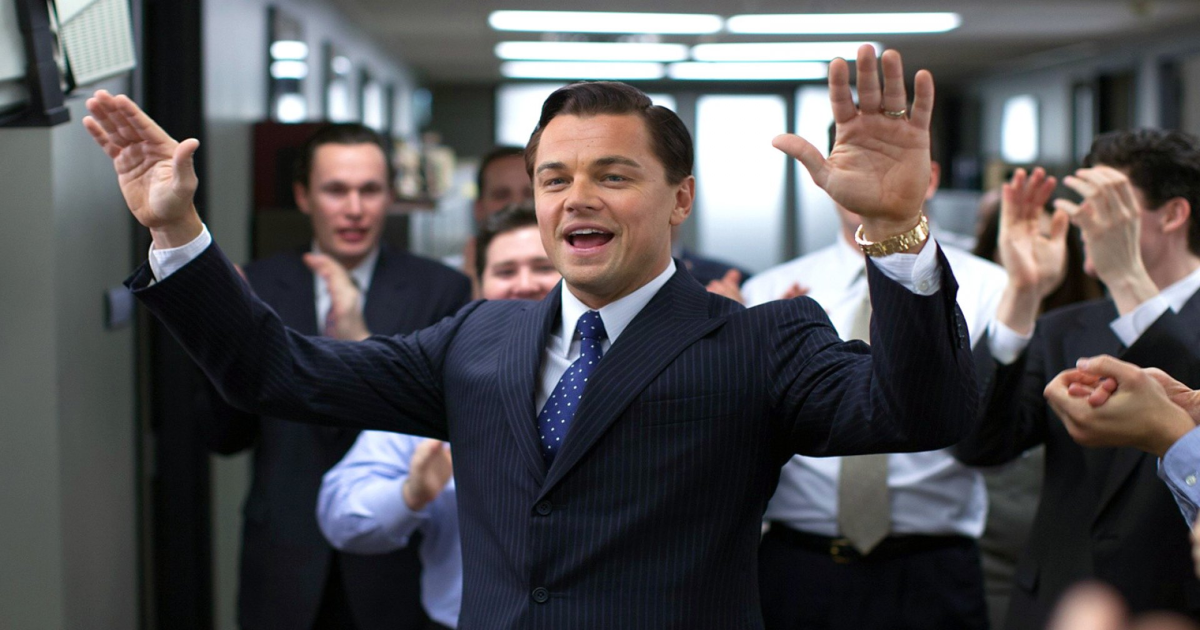
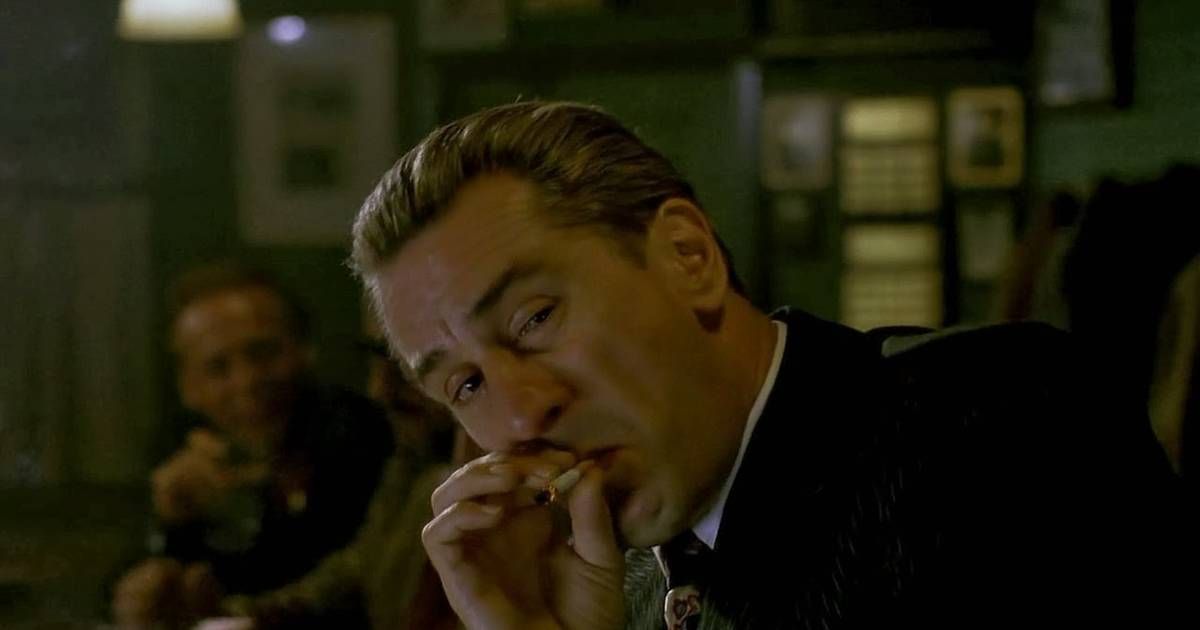
.png)
